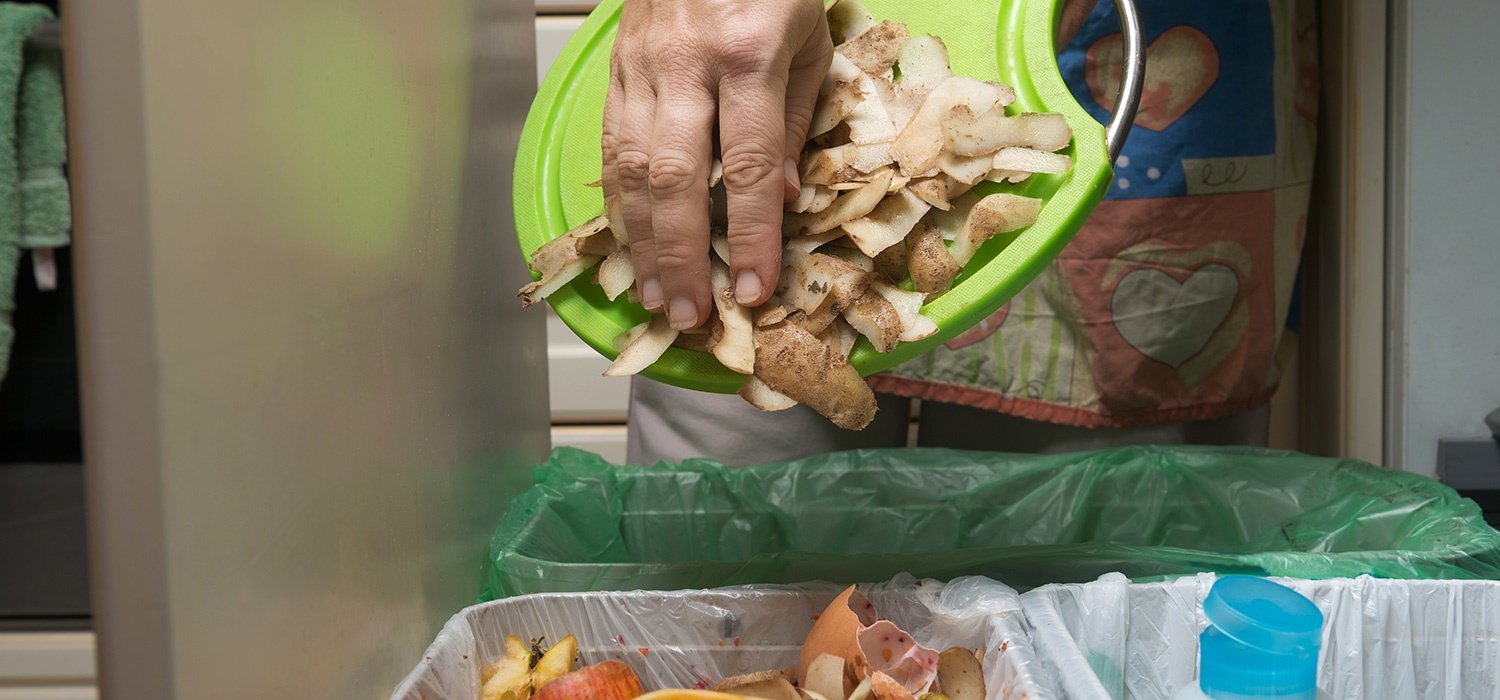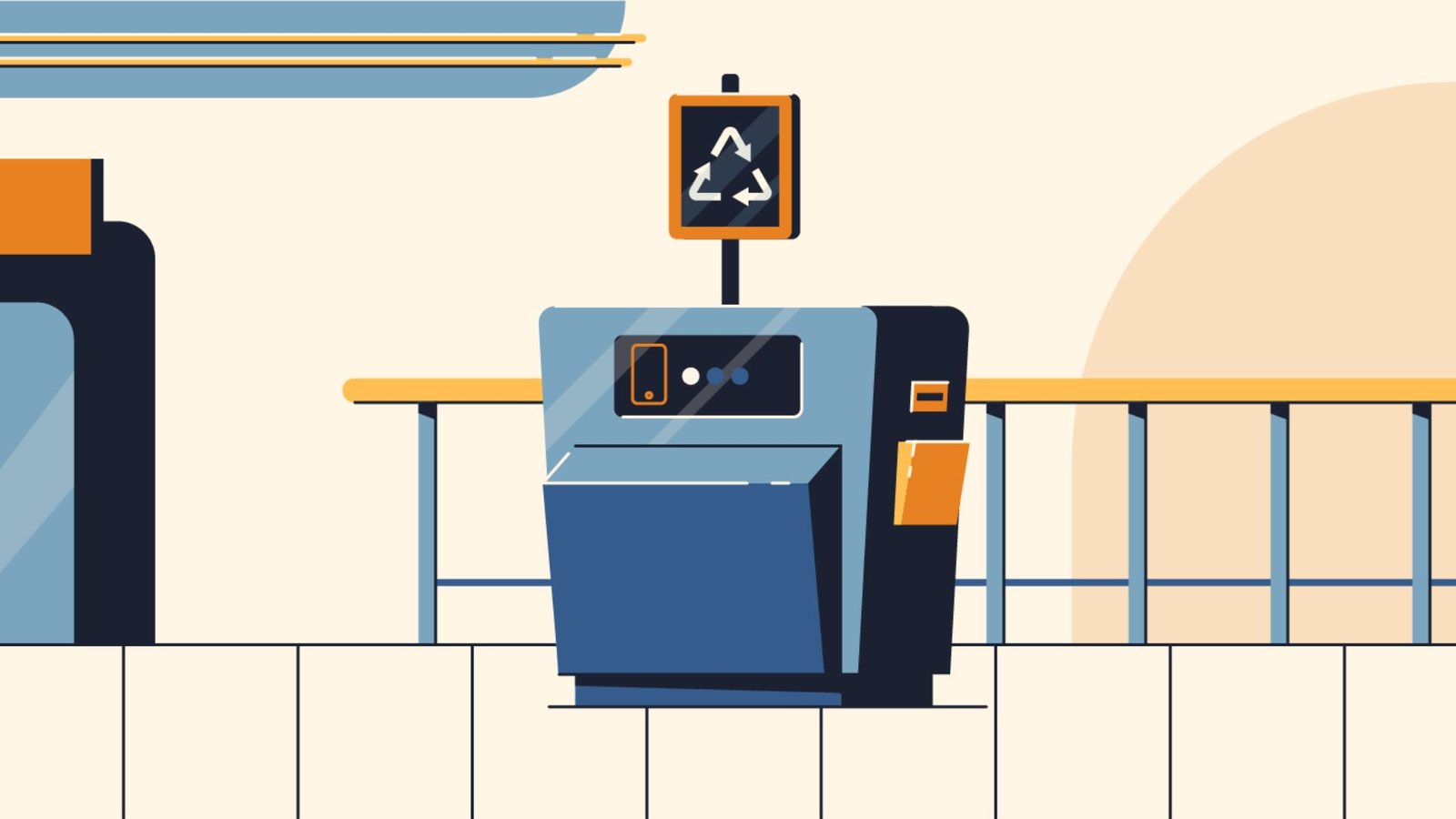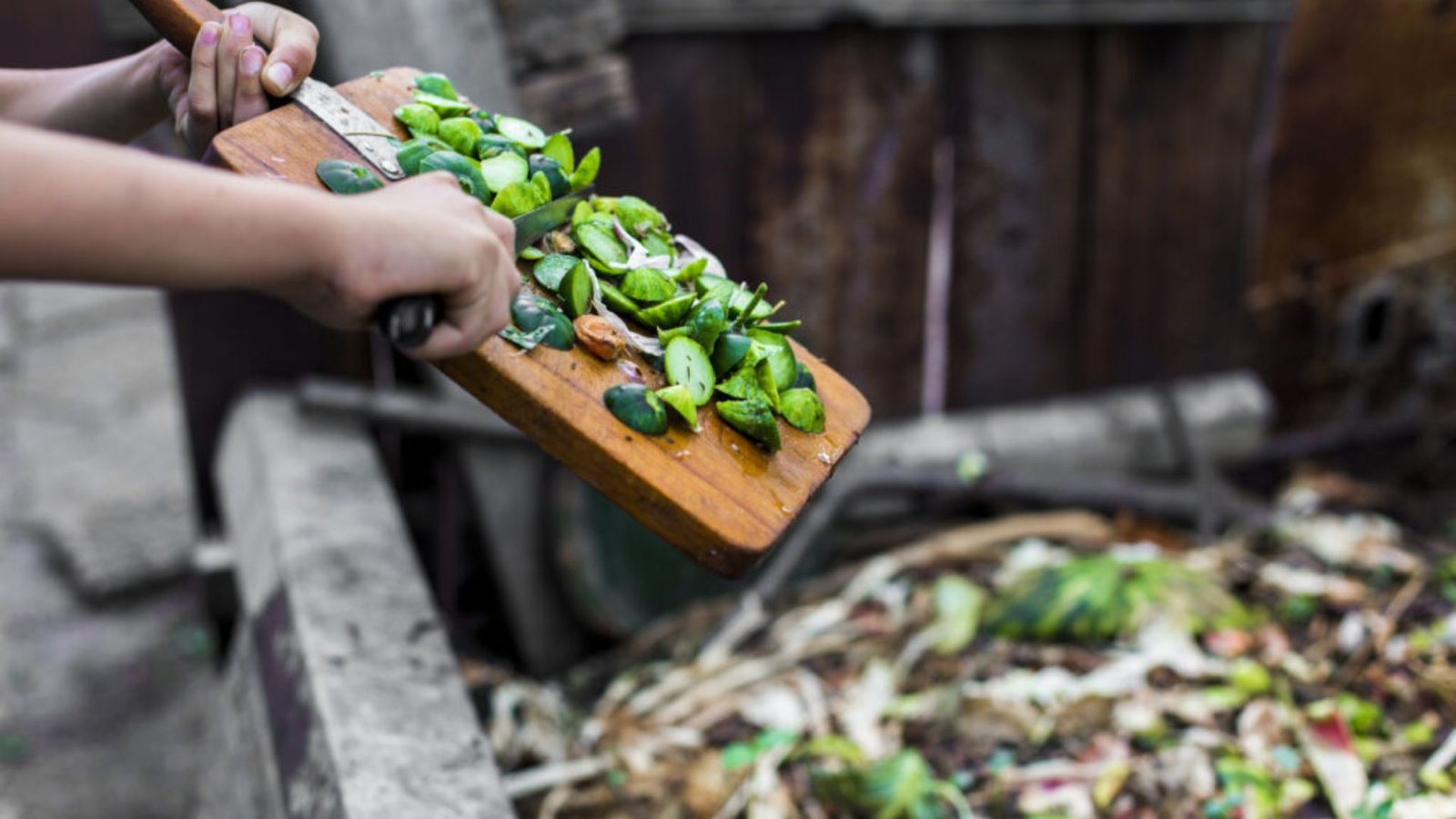Properly disposing of household waste is not only important for keeping your home clean but also for protecting the environment. If you’re unsure of the best methods, don’t worry—this guide will explain exactly how to dispose of household waste properly while promoting sustainability and minimizing waste. Let’s explore the steps you can take to manage waste effectively.
1. Separate Your Waste
Know Your Categories
One of the first steps in disposing of household waste properly is separating it into different categories. Typically, waste can be broken down into four main groups: recyclables, compostables, hazardous waste, and general waste. By sorting your trash at the source, you make the disposal process more efficient and environmentally friendly.
- Recyclables: Paper, glass, plastics, and metals.
- Compostables: Food scraps, yard waste, and other organic matter.
- Hazardous waste: Chemicals, batteries, and electronics.
- General waste: Anything that doesn’t fit into the above categories.

2. Recycle Correctly
Follow Local Guidelines
Recycling is one of the most effective ways to reduce waste. However, it’s crucial to follow your local municipality’s guidelines to ensure your recyclables are processed properly. Different areas accept different materials, so always double-check what can and cannot be recycled in your area.
For example, while glass and cardboard are typically recyclable, some plastics, like plastic bags or styrofoam, may need special handling. Make sure to clean recyclables before tossing them in the bin to avoid contamination.
Avoid Wish-Cycling
Wish-cycling is when people place items in the recycling bin hoping they can be recycled, even if they aren’t sure. Unfortunately, this can do more harm than good. Contaminated recyclables may lead to the rejection of entire loads, causing waste to be redirected to landfills. Be informed and avoid wish-cycling to ensure recycling is effective.
3. Compost Organic Waste
Start a Compost Bin
If you’re wondering how to dispose of household waste properly, especially food scraps, composting is a fantastic option. Composting allows organic materials like fruit peels, vegetable scraps, and yard clippings to break down naturally, creating nutrient-rich soil. Starting a compost bin is simple, and it significantly reduces the amount of waste sent to landfills.
Use Your Compost in the Garden
Once your compost has broken down into rich soil, use it in your garden or potted plants. Compost nourishes plants, improving soil quality and reducing the need for chemical fertilizers. Additionally, it helps to close the loop of waste management by turning waste into a useful resource.
4. Dispose of Hazardous Waste Responsibly
Handle Hazardous Materials with Care
Some household items are considered hazardous and cannot be disposed of with regular trash or recycling. These include batteries, electronics, cleaning chemicals, and certain paints. If disposed of incorrectly, they can harm the environment and pose health risks.
Many communities offer special drop-off points or collection days for hazardous waste. Make sure to look up local hazardous waste disposal programs, and never pour chemicals down the drain or toss them in the regular trash.
Recycle Electronics
Electronics, such as old phones, computers, and appliances, contain materials that can be recycled or safely disposed of. Check with local e-waste recycling programs to properly dispose of your old electronics. Many retailers also offer trade-in programs, giving you an incentive to recycle your gadgets responsibly.
5. Reduce Waste at the Source
Make Conscious Purchasing Decisions
One of the most effective ways to reduce waste is to minimize how much you create in the first place. By making more sustainable purchasing decisions, such as choosing reusable products over disposable ones, you can drastically reduce the amount of waste that needs to be managed. Simple swaps like using cloth bags instead of plastic, or a reusable water bottle instead of single-use plastics, can make a big difference.
Repair, Reuse, and Repurpose
Before discarding items, consider if they can be repaired or repurposed. Fixing broken appliances, repurposing old furniture, or donating items you no longer need reduces the amount of waste that ends up in landfills. Get creative and find ways to extend the life of your household goods.
Conclusion
Knowing how to dispose of household waste properly is key to maintaining a clean environment and promoting sustainability. By separating your waste, recycling correctly, composting organic matter, handling hazardous waste responsibly, and reducing waste at the source, you can make a positive impact on the environment. Take action today and adopt these waste disposal practices to contribute to a cleaner and healthier planet.




